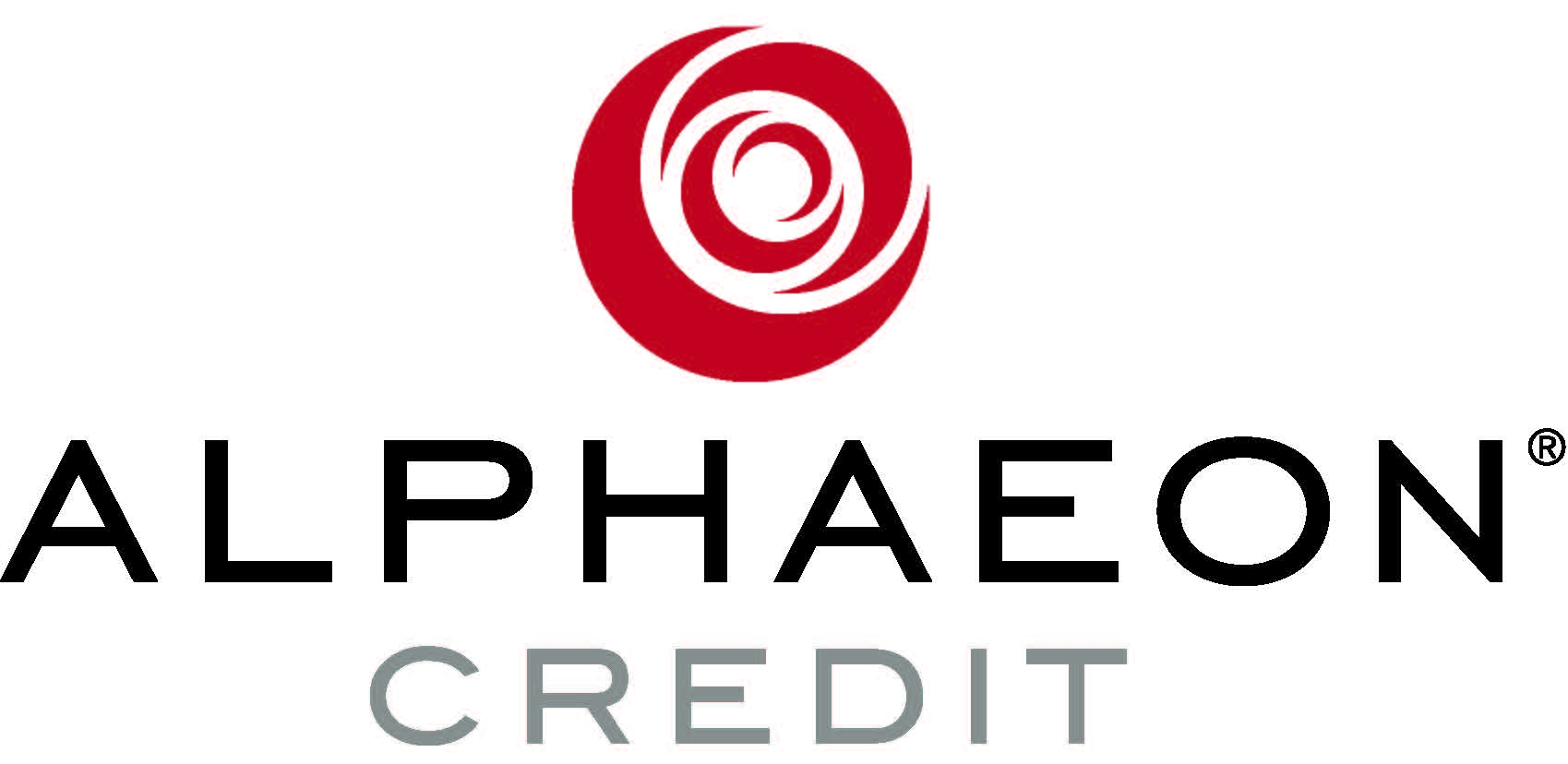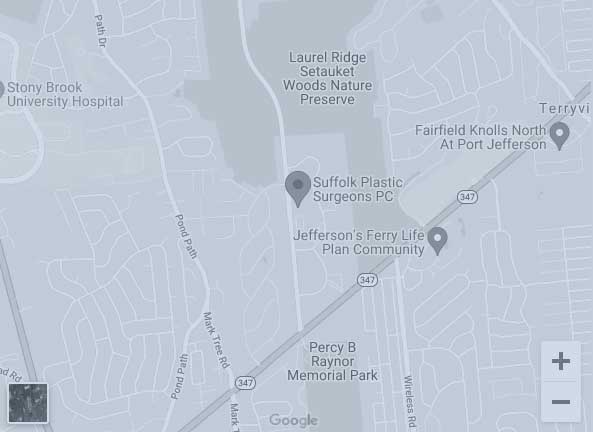Skin Procedures
Chemical Peels
 Chemical peels remove damaged outer layers of skin on the face to smooth texture, reduce scarring, and remove blemishes to produce healthy, glowing skin. There are three types of chemical peels, ranging from mild to strong – alpha-hydroxy acids (AHAs), trichloroacetic acid (TCA), and phenol – and formula strengths are tailored to each patient. Peels can be combined with other procedures such as facelifts for a younger look. They may be covered by insurance if they are performed for medical rather than cosmetic reasons.
Chemical peels remove damaged outer layers of skin on the face to smooth texture, reduce scarring, and remove blemishes to produce healthy, glowing skin. There are three types of chemical peels, ranging from mild to strong – alpha-hydroxy acids (AHAs), trichloroacetic acid (TCA), and phenol – and formula strengths are tailored to each patient. Peels can be combined with other procedures such as facelifts for a younger look. They may be covered by insurance if they are performed for medical rather than cosmetic reasons.
Types of Chemical Peels
AHAs are the gentlest of the three types of chemical peel. They consist of a group of glycolic, lactic, and fruit acids that smooth and brighten skin by treating fine wrinkles, dryness, uneven pigmentation, and acne. AHAs are typically applied once a week, or maybe mixed in a milder concentration with a cream or cleanser to be used daily; treatment takes 10 minutes or less. Patients may choose AHAs if they do not want the lengthy recovery time of a phenol or TCA peel. Occasionally AHAs, Retin-A (a prescription medication containing Vitamin A), or hydroquinone (a bleach solution) are used to thin the skin and even its tone as a pre-treatment for TCA peels.
TCAs are commonly used for medium-depth peeling (though depth is adjustable) to treat fine surface wrinkles, superficial blemishes, and pigment problems, sometimes in combination with AHAs. TCAs are the preferred chemical solution for darker-skinned patients and may be used on the neck and other areas of the body. Results are often less impressive and do not last as long as with phenol peels, and multiple treatments may be required, but treatments only last 10-15 minutes, and recovery time is shorter.
Phenol, the strongest chemical peel, treats deeper skin problems such as coarse facial wrinkles, pre-cancerous growths, and areas of blotchy or damaged skin caused by sun exposure, aging, or birth-control pills. Because phenol can lighten the skin where it is applied, the patient’s natural pigmentation is a factor in determining eligibility. Phenol is used only on the face, as it may cause scarring elsewhere. Full-facial treatment can last an hour or two and recovery can take a few months, with possible skin lightening and removal of freckles.
The Procedure
Chemical peels may be performed in a plastic surgeon’s office, office-based facility, or outpatient surgical center. Anesthesia is not required because phenol and TCAs act as an anesthetic while AHAs produce only a slight stinging, though you may be given a sedative.
In an AHA peel, the skin is cleaned and the solution is applied; there is no need for “after-peel” ointment or covering. During TCA and phenol peels, the skin is cleansed and the solution is applied, which may cause a brief stinging sensation. Petroleum jelly or a waterproof adhesive tape may be put on the skin following a phenol treatment.
After the Procedure
AHA peels can cause temporary stinging, redness, irritation, and flaking or crusting. Phenol and TCA peels can result in tingling or throbbing, reddened skin, a crust or scab, and significant swelling which lasts about a week, depending on the strength of the peel used. With phenol, your eyes may even be swollen shut at first and you may be put on a liquid diet and advised not to talk very much. Any tape used is removed after a day or two. All procedures require adequate sun protection for your new skin.
All three treatment types carry potential risks such as infection and scarring. In addition to the after-effects listed above, TCA peels may produce some unintended color changes in the skin, while phenol peels may reduce or eliminate the new skin’s ability to make pigment evenly or at all, thus causing a lighter or uneven skin tone that must be protected from sunlight.





